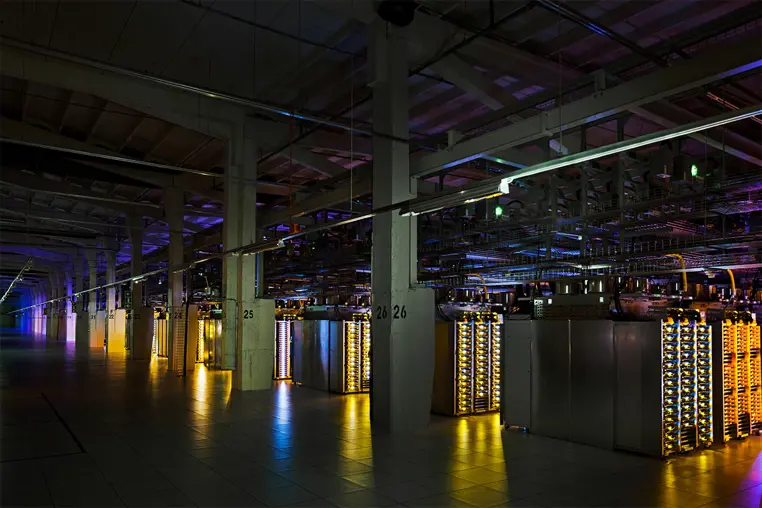Finland links waste heat utilization and digitalization into a success model
Finland relies on an integrated energy system that wastes no resources: Industrial waste heat is consistently utilized, smart grids optimize the flow, and innovative storage solutions compensate for fluctuations. This approach not only significantly reduces energy costs but also drives the green transformation forward.
Press release 15.5.2025

Finland's strategy is based on a circular model: Energy and by-products from one process become valuable inputs for another. “Waste heat is not energy waste, but a valuable resource. Its consistent utilization is not only an ecological imperative but also a crucial factor for economic efficiency and competitiveness in the energy transition,” says Helmi-Nelli Körkkö, Senior Advisor at Business Finland in Germany.
The focus on efficiency yields tangible results: During the last four years in Finland, the manufacturing industries have managed to reduce their emissions from the purchased energy by about 45 percent at the same time they increased output by 43 percent. Consumers also benefit: Electricity prices for households in Finland are 4.6 cents per kilowatt hour (kWh) – in Germany it costs 7.9 cents per kWh.
"Waste heat is not energy waste, but a valuable resource."
This holistic approach combines digital infrastructure with renewable resources and consistent waste heat recovery to create a closed system. Share of climate neutral energy grows constantly in Finland: the share of renewables, heat recovery and electric boilers increased from 70 percent to 73 percent between 2023 and 2024. It is worth noticing that the share of renewable electricity is 56 percent and that of CO2-neutral electricity is 95 percent. At the same time, the system impresses with extreme reliability: The national transmission grid operator Fingrid reports an availability of 99.9995 percent.
Technology drivers: waste heat and storage
Finland turns waste heat into a resource: Google's data center in the southeastern Finnish port city of Hamina on the shores of the Baltic Sea will cover up to 80 percent of the local district heating demand starting from the end of 2025. Microsoft announced, in cooperation with energy company Fortum, that it will use the waste heat from its new data centers upon completion to heat homes and businesses. The world's largest heat recovery plant using purified wastewater (energy company Helen’s Katri Vala heat pump plant) also feeds into the grid in Helsinki.
The foundation for this efficiency is a robust and highly developed digital infrastructure.
Innovative storage solutions compensate for fluctuations in renewable energy. These include large sand batteries (Polar Night Energy), Europe's largest seasonal cavern thermal energy storage (energy company Vantaan Energia’s Varanto storage), and Power-to-Heat solutions (Elstor). Even mobile phone base stations are bundled into virtual power plants (Elisa) to stabilize the grid.
Digitalization as the backbone: smart and transparent
The foundation for this efficiency is a robust and highly developed digital infrastructure. It enables the monitoring and control of energy generation, consumption, and recovery in real-time. “The key lies in the intelligent combination of renewable energies, sector coupling through waste heat utilization, and digital control,” explains Körkkö, adding: “This integrated system creates transparency, maximizes efficiency, and shows a viable path for how industrialized nations can shape their energy supply to be secure, clean, and cost-effective.” AI-supported forecasting tools like VTT EnergyTeller optimize the storage and distribution of energy, for example. The VTT tool uses weather data and other relevant information to predict energy demand and market developments more accurately.
An approach for current challenges
Finland's holistic approach offers a blueprint for tackling current energy challenges. The model not only promises cost reductions and security of supply but also provides a replicable framework for the modernization of energy systems - a valuable impetus also for the German energy transition. Finland is demonstrating an increase in competitiveness, but it's also, or even more, about reducing dependence on any one country and building a European approach and increasing Europe's strategic autonomy through close partnerships with like-minded countries.
Media contact
